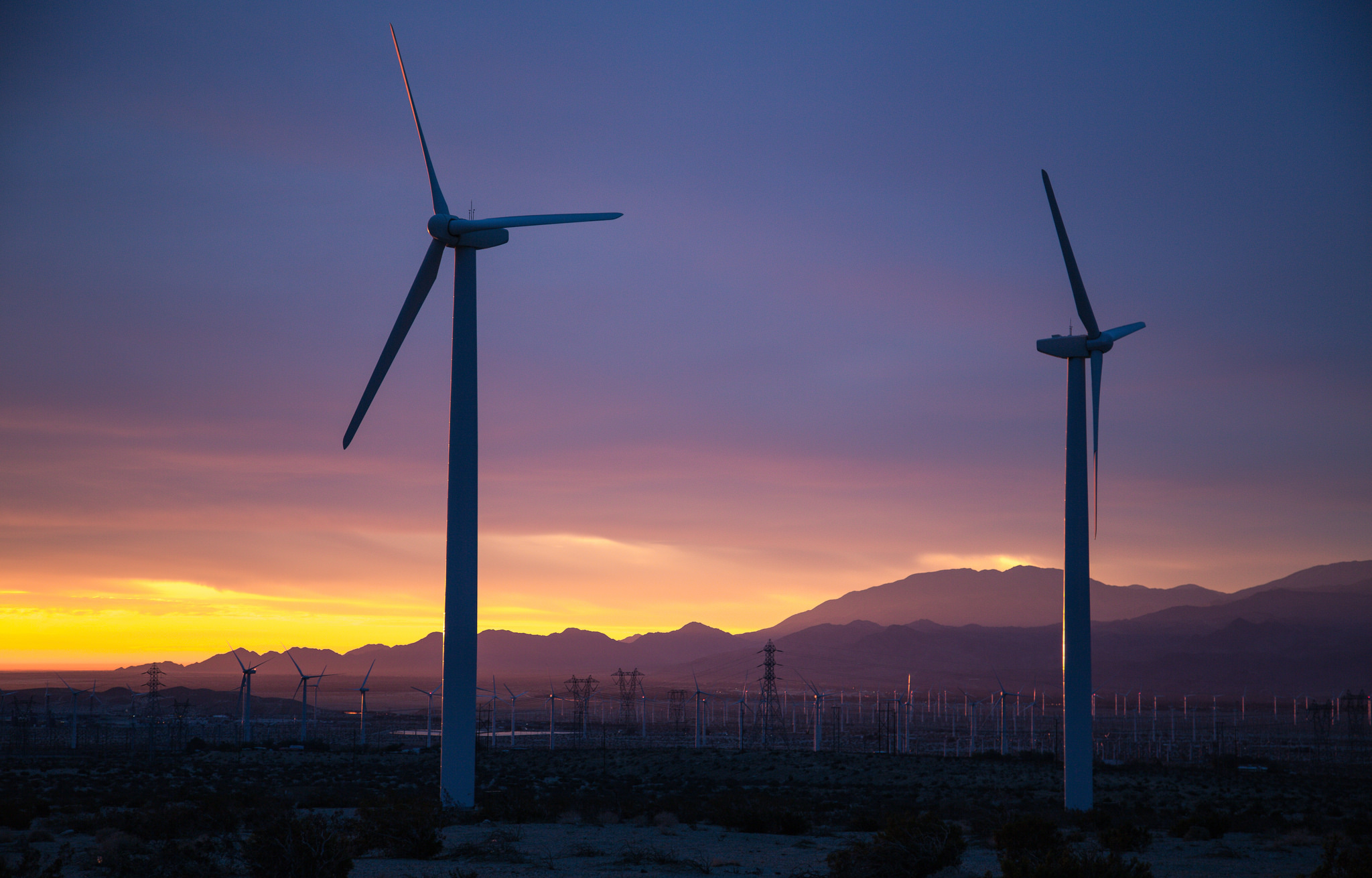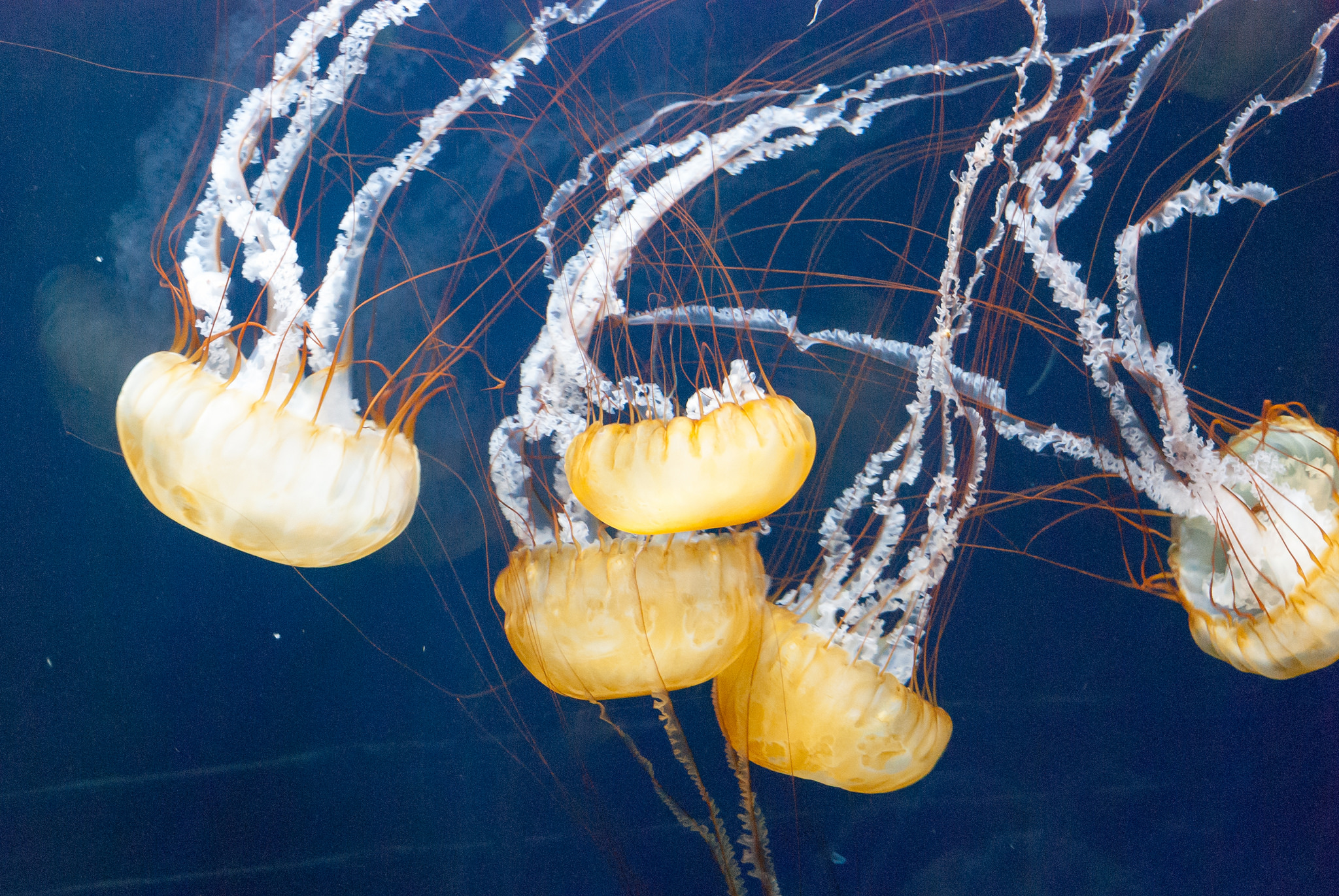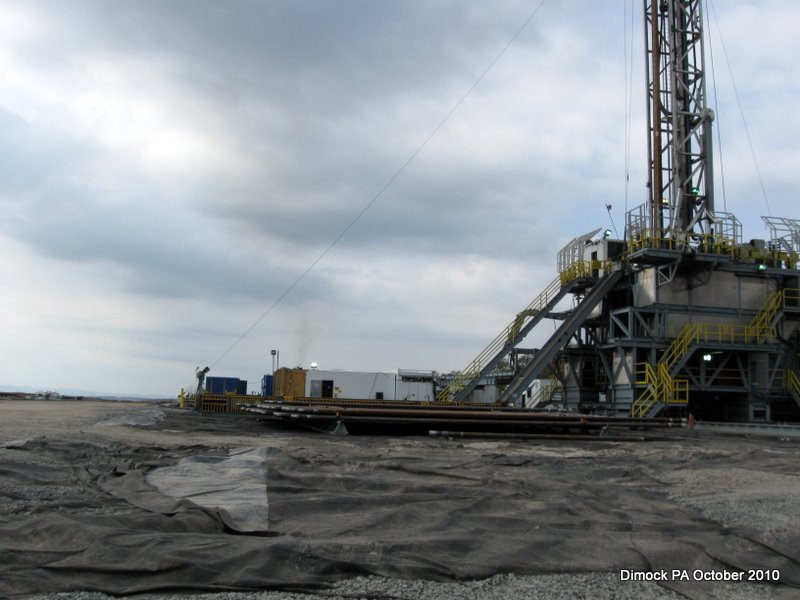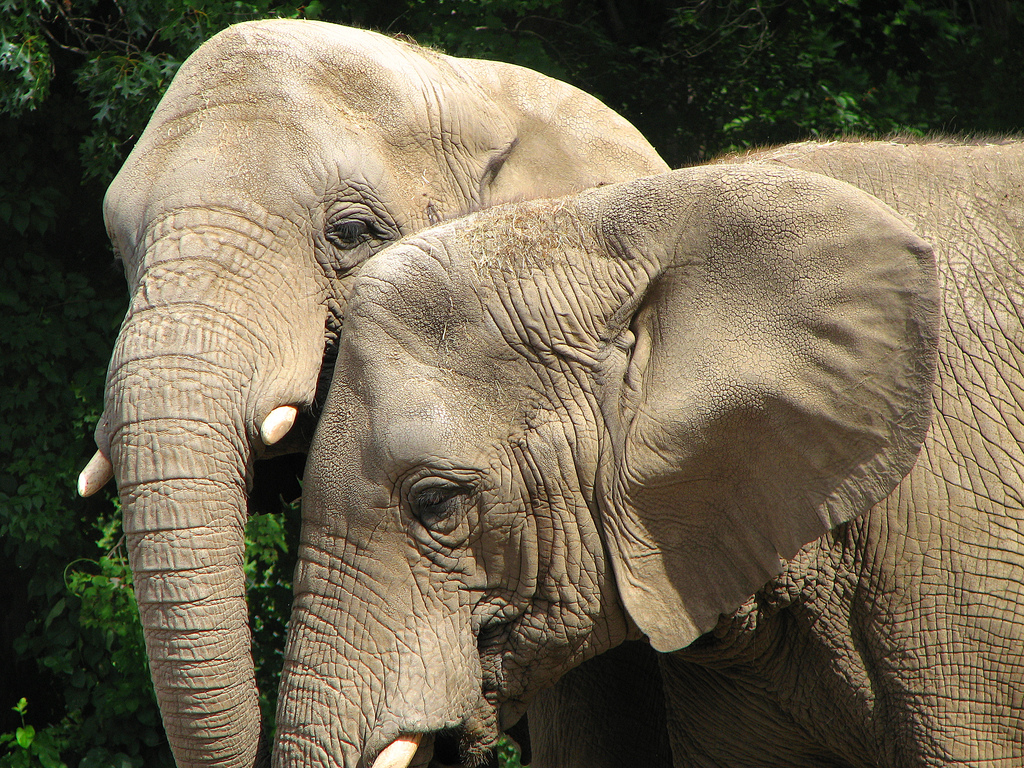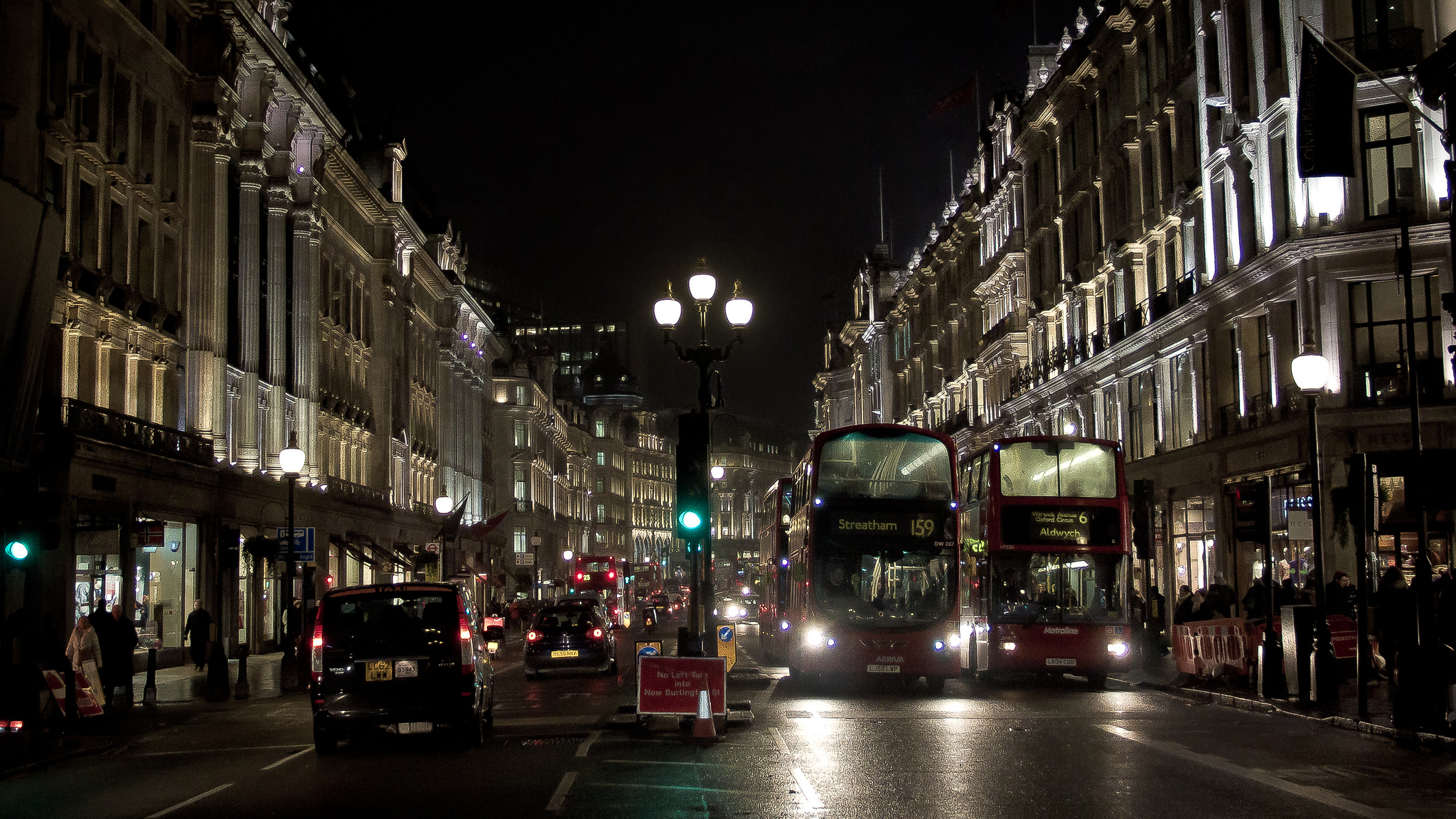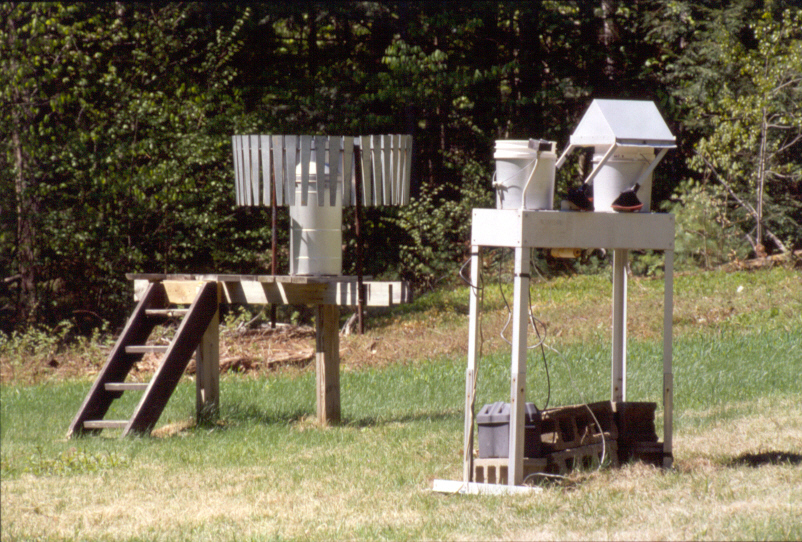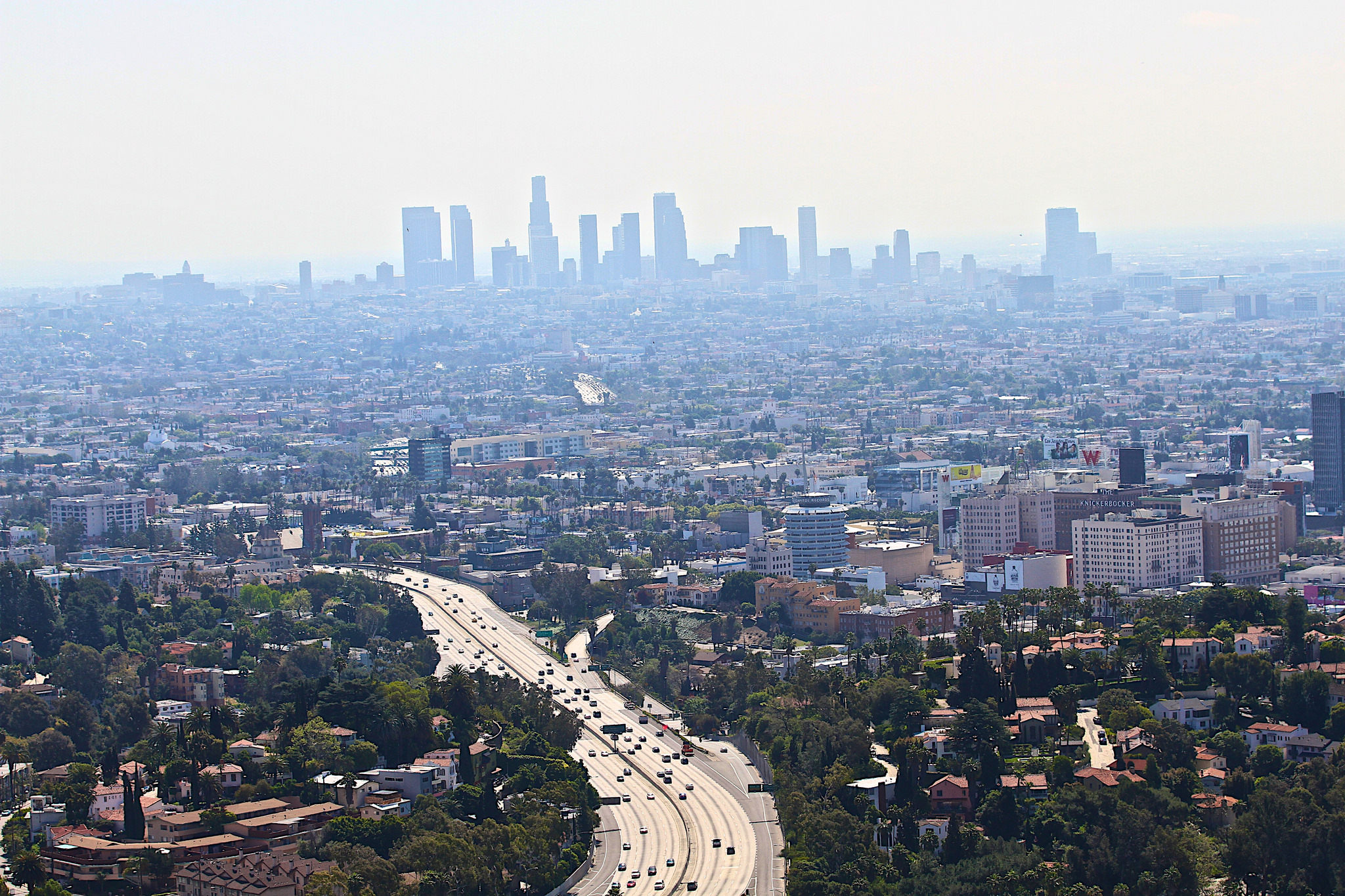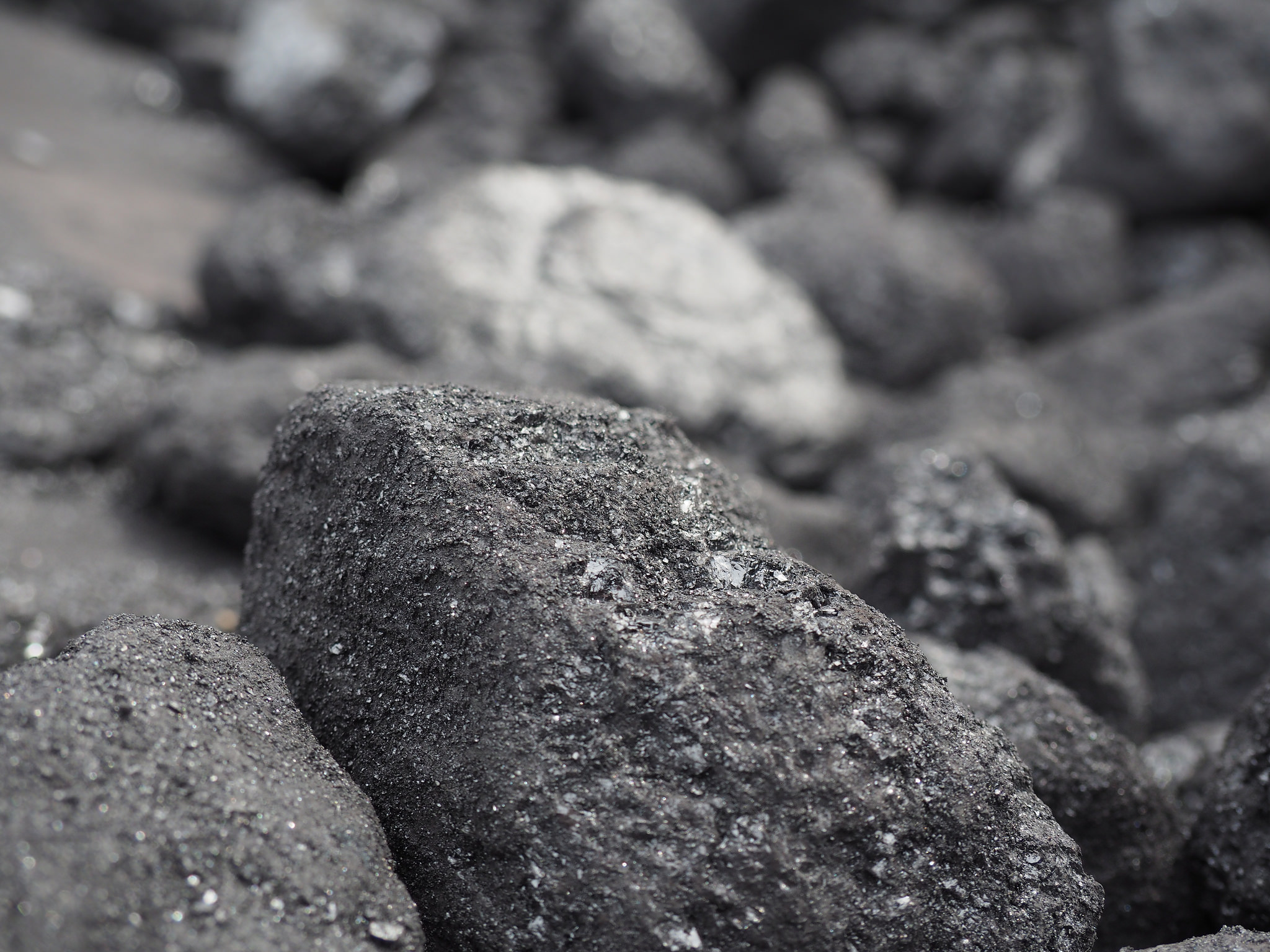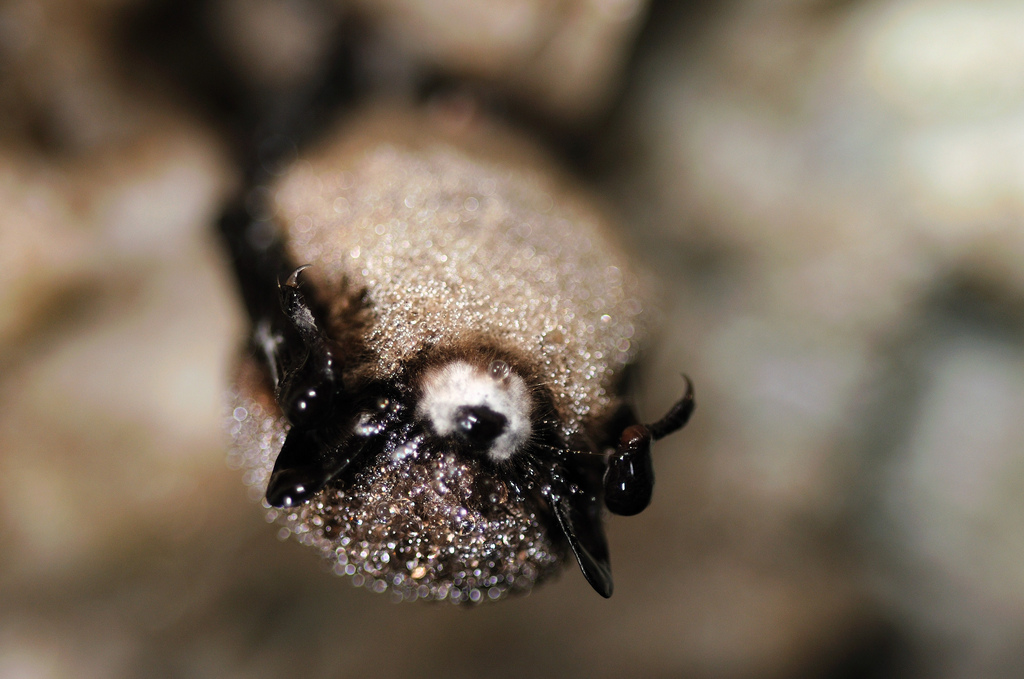pollution
Solar Power In China
Installations of solar power continue to increase rapidly around the world and in no place more than China. By the end of 2016, total solar generating capacity in China reached 77.4 gigawatts, making it the largest producer of solar energy in the world. Globally, there is a total of 228 gigawatts of solar power installed, although that number keeps changing rapidly.
2016 Carbon Progress Report
Last year was a big year for progress in the U.S. power sector. Renewable energy provided nearly 17% of the country’s electricity, up from 13.7% in 2015. The first offshore wind farm in the U.S. opened off the coast of Rhode Island. And most significantly, carbon emissions from the power sector continued to decline and reached the lowest levels in nearly 25 years.
Energy From Jellyfish
Jellyfish are fascinating in appearance but generally are nothing but trouble. Their stings can ruin a tropical vacation but they can cause far more damage than that.
Fracking And Earthquakes
Hydraulic fracturing, or fracking, is the process in which water, chemicals and sand are injected at high pressure to split apart rock thousands of feet below Earth’s surface and release oil or natural gas. And it’s a controversial practice.
Wiping Out Wildlife
According to a new report from the World Wildlife Fund, the world’s animal populations have suffered widespread population declines in the last half century. And thousands of species are now scrambling to survive.
Sharks In Hot Water
The majestic great white shark has been around for a very long time. Its evolutionary origin dates back 14 to 16 million years. And while great whites still enjoy decent populations off the coasts of Canada, Australia, and the United States, the same can’t be said for South Africa’s great whites.
Light Pollution And Early Spring
We have talked about the impact of light pollution on our ability to see stars and the Milky Way. We have also discussed its impact on our circadian rhythms. Recently, scientists in Great Britain published a report on the relationship between light pollution and the timing of when trees produce their buds. The results of the study suggest that light pollution is causing plants to jump the gun on spring.
Lessons From The Forest
For more than half a century, scientists have converged on Hubbard Brook Experimental Forest in New Hampshire’s White Mountains to explore how forest ecosystems work. The site was established by the U.S. Forest Service to study the relationship between forests and New England’s water supply. In the 1960s, inquiry was expanded to include ecology, biogeochemistry, and studies of birds and other animals.
Young Fish Eat Microplastics
We have talked before about the increasing problem of microplastics polluting the oceans. Much of the small plastic particles result from the breakdown of plastic litter such as plastic bags, packaging and other materials. Another source is microbeads, which are often found in health products such as face scrubs and even some toothpastes.
Testing The Ocean Cleanup Array
It’s no secret that our oceans are full of plastic. Plastic trash can be found on up to 88% of the oceans’ surfaces, with most of the debris concentrated in the top two meters of water. The plastics gather in certain areas of the ocean due to the swirling nature of ocean currents, known as gyres. Some of these concentrations, such as the infamous Great Pacific Garbage Patch, are so large they can be seen from space.
Light Pollution
The luminous glow of the Milky Way, the galaxy that contains our Solar System, has inspired everything from stories and songs to paintings and poems for centuries. But now one third of the people on the planet – including 80% of Americans and 60% of Europeans – cannot see the Milky Way at night because of light pollution. Nighttime light pollution now covers nearly 80% of the globe.
Less Sulfur In The Soil
Acid rain is rain containing high levels of nitric and sulfuric acids. The main culprit for it is the burning of fossil fuels, particularly coal-burning power plants. The most serious effect of acid rain is the creation of toxicity in lakes, wetlands and other aquatic environments, doing great harm to a wide range of aquatic animals.
The State Of The Birds
The North American Bird Conservation Initiative recently released its annual “State of the Birds’ report, which is a comprehensive analysis of North American birds. And as with many other things these days, we’re not doing well.
The State Of The Air
For the past 17 years, the American Lung Association has analyzed data from official air quality monitors to compile the State of the Air report. The State of the Air 2016, which was released late last month, revealed some troubling statistics about the health of the air here in the United States.
Clean Fossil Fuel Electricity
Renewable energy sources like wind and solar power are getting cheaper all the time and are, in many places, competing head to head on price with traditional fossil fuel generation. The ultimate goal is to replace polluting energy sources entirely, but even under the most optimistic scenarios, fossil fuel plants aren’t just going to disappear very quickly.
Scottish Coal
The Scottish government has an ambitious plan to meet 100 percent of its demand for electricity from renewable sources by 2020. Like much of the world, Scotland has produced significant amounts of its electricity by burning coal for more than 100 years. But no longer.
Old Car Or New Car?
Every few years many of us face a big decision: is it time to buy a new car? The trusty vehicle that has carried us so well has gotten too rusty to pass inspection or too old to assure us of its continued reliability. What vehicle choice is best for the environment?
Dangerous Air
Much of the public discourse about pollution is focused on the long-term consequences of greenhouse gases in the atmosphere. There are still some who doubt that such consequences are really in the offing or that our actions are responsible in any case.


